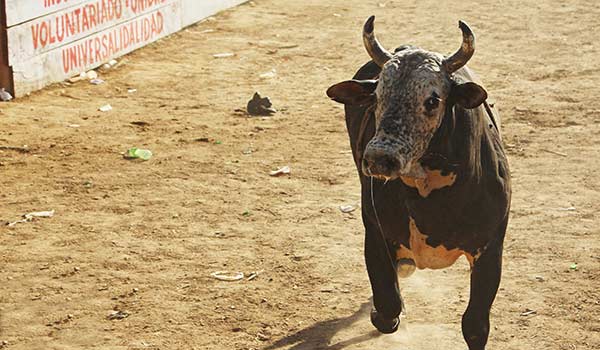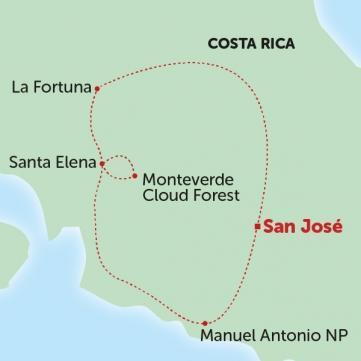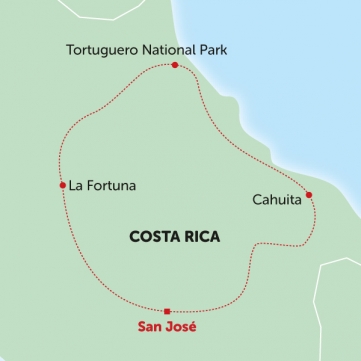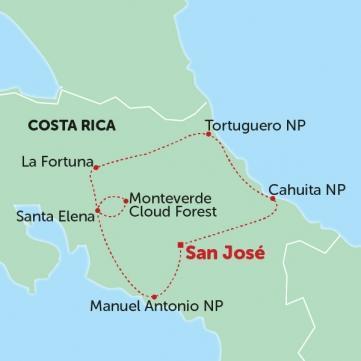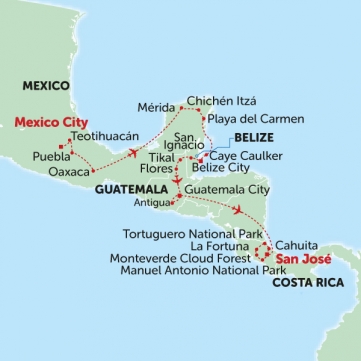Book NOW for $1 £1 €1 • Flexible Payments • No Change Fees • Private Departures Available
- Home >>
- Best time to visit Costa Rica
The weather in
Costa Rica
Planning your holiday to Costa Rica can be a tricky task due to the many different microclimates the country is made up of. Where one part of the country could be sunshine and rainbows, go a little further north and you could be in an area at risk of flooding! The best time to visit Costa Rica also depends on what the focus of your holiday is - eg. surfing, searching for wildlife or hiking the volcanoes. As an all-rounder, January is often the preferred time to visit. The influx of tourists for high season have headed home, the rain has mostly let up but the forests still remain a lush green whilst the sunny Costa Rican weather prevails on the beaches.
Travel Tip
No matter what time of the year you visit Costa Rica, be prepared for rain! Especially if you’re heading into the central highlands and the Atlantic coastal plains. Even if you are travelling during the dry season (December - April) pack some waterproof clothing.
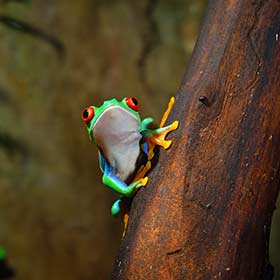
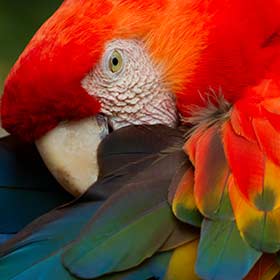
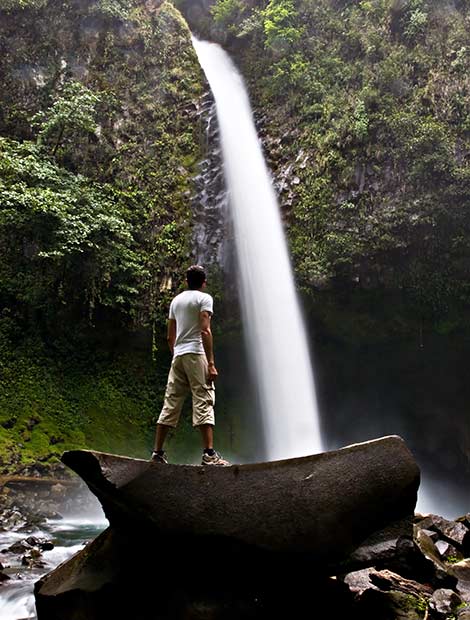

Best time to visit Costa Rica
If you are heading for the surf, low season from August - October is the best time to visit Costa Rica. The rainfall is at its highest but storms bring in the biggest swells and surfing conditions. Prices are significantly cheaper at this time of year, however some establishments and attractions will be closed, so be sure to check before you book! The high season from December - April, is also the dry season however you will still have the occasional shower no matter what time of year you go! This is the busiest time so expect to book your accommodation well in advance. High season is also the best time to go to Costa Rica for the beaches. If the focus of your holiday to Costa Rica is exploring the many forests, June and July see a pause of rain, whilst the foliage still remains a lush, vibrant green.
Festivals and public holidays
This little patch of paradise love an excuse to party, with a national event happening almost every week! But be aware - during Costa Rican national holidays, banks, public offices and most shops close for business, so keep these dates in mind before planning your trip. Due to celebrations, some parts of Costa Rica can become extremely busy, often for only a couple of days but especially in the main cities and beaches. Have a look at the calendar below detailing a few of the main events which occur throughout the year.
January
Fiestas Palmares is essentially a giant cowboy party held in January, lasting for up to 2 weeks. It’s one of the biggest events of the calendar and has a significant national importance. The main event of the festival is a huge parade of people riding on horseback, often having travelled from all over the country. Another big part of the festival includes the ‘Toros a la Tica’ - non-violent bullfighting and lots of folklore dancing.
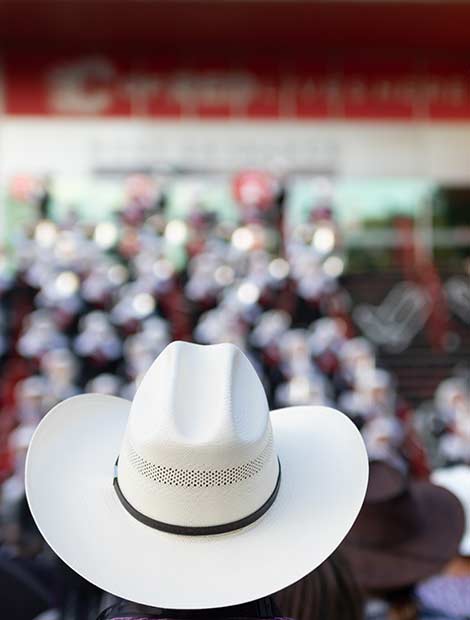
February
Fiesta de los Diablitos meaning ‘festival of the little devils’ takes place in the second half of February. The main event of the festival is a reenactment of the battle between the Boruca tribe (represented by dressing up as little devils) and the Spanish, costumed as a bull, which is held in Rey Curre, Boruca. Expect festival goers to don extravagantly decorated masks and costumes, everyone celebrating with dancing, fireworks and a special fermented corn beverage.
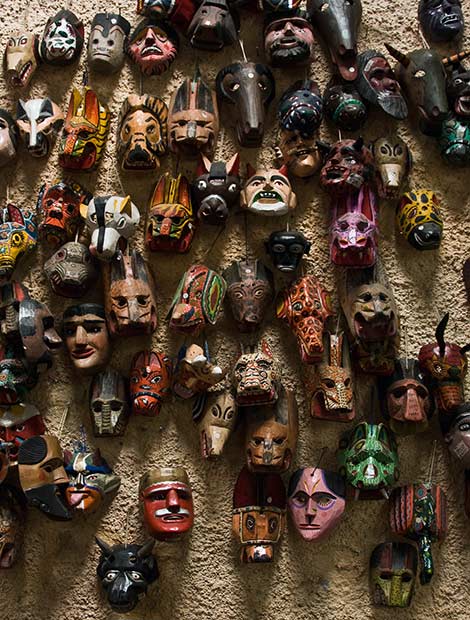
March
Dia de los Boyeros takes place on the second Sunday in March and celebrates oxcart drivers and cow herders. Over 150 oxen and their owners travel from all over the country with their hand-painted and elaborately decorated carts to parade through the streets of San Antonio de Escazú. Stalls line the streets selling delicious local food and traditional arts and crafts. The parade begins with loud music and dancers, closely followed by the parade of oxen.
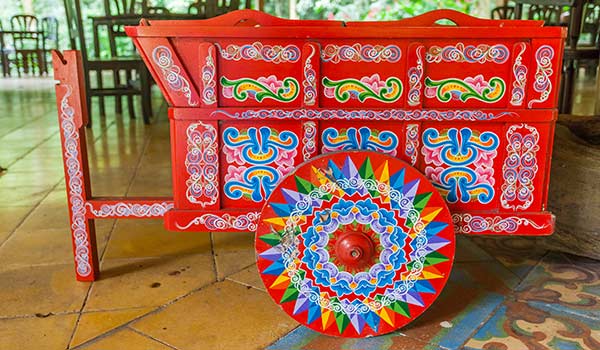
April
Semana Santa or Easter is one of the most important Catholic holidays of the year, celebrated in the week before Easter. This week towns everywhere will be heaving with elaborate processions and reenactments of Jesus’s crucifixion - it is an especially grand affair in San Jose.
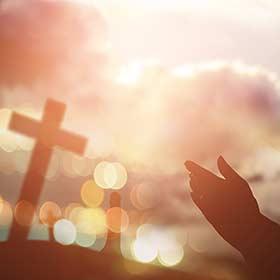
May
Dia de los Trabajadores held on 1st May, is Costa Rica’s Labor Day and a huge celebration held all over the country. Marches and parades fill the streets, fireworks light up the sky and the president does a speech to a roaring crowd. Be aware that lots of businesses and all government offices close for the day.
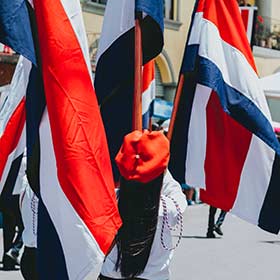
July
Dia de Guanacaste is a festival held on 25th July and celebrates the annexation of Guanacaste from Nicaragua. Expect the usual Costa Rican affair of street fiestas, traditional bullfighting, rodeos and spectacular horse shows!
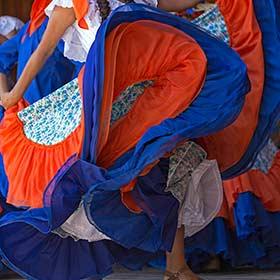
August
Virgen de Los Angeles is a national holiday held on 2nd August. This is one of the more religious festivals in Costa Rica which celebrates the patron saint, La Negrita. Thousands of people from all over the country join a pilgrimage walk from San José to La Basilica de Cartago, where the celebrations take place.

September
Independence Day is one of the most important holidays of the year. On 15th September, Costa Rica celebrates gaining its independence from Spain with the usual antics of parades, street parties and traditional music and food, finishing with the arrival of the Freedom Torch in Cartago. Later on, children parade the streets carrying small lanterns.

October
Limon Carnival held in the weekend of October 12th, is similar to a Mardi Gras kind of affair. A hugely popular festival complete with parades, pumping Caribbean beats and lots and lots of rum! A carnival queen is crowned and the dancing and festivities carry well into the night, lasting for 2 entire weekends.
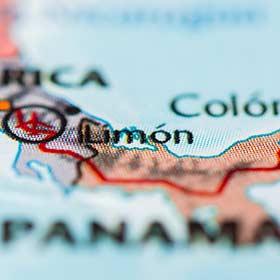
December
Christmas Week, although it's not an official holiday, it may as well be! Ticos flood to the beach, and families get ready for Christmas day. Christmas in Costa Rica is heavily focused on the religious side, although you will see Christmas trees, decorations and lights adorning the streets and inside family homes.
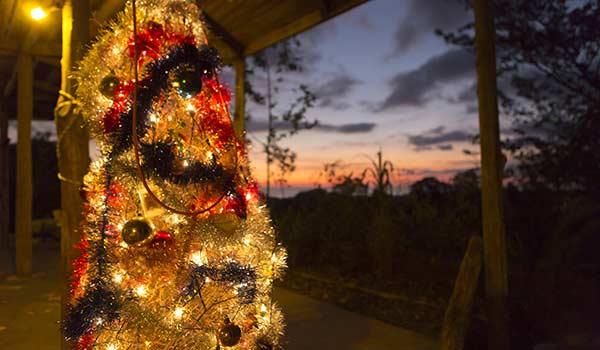
Featured Tours




